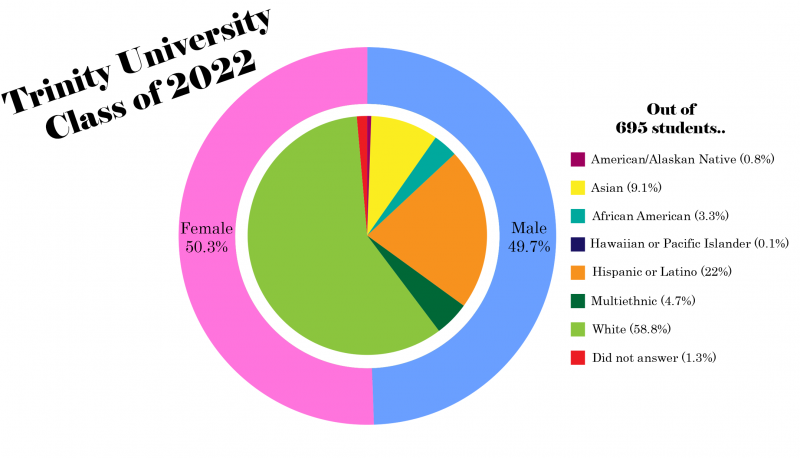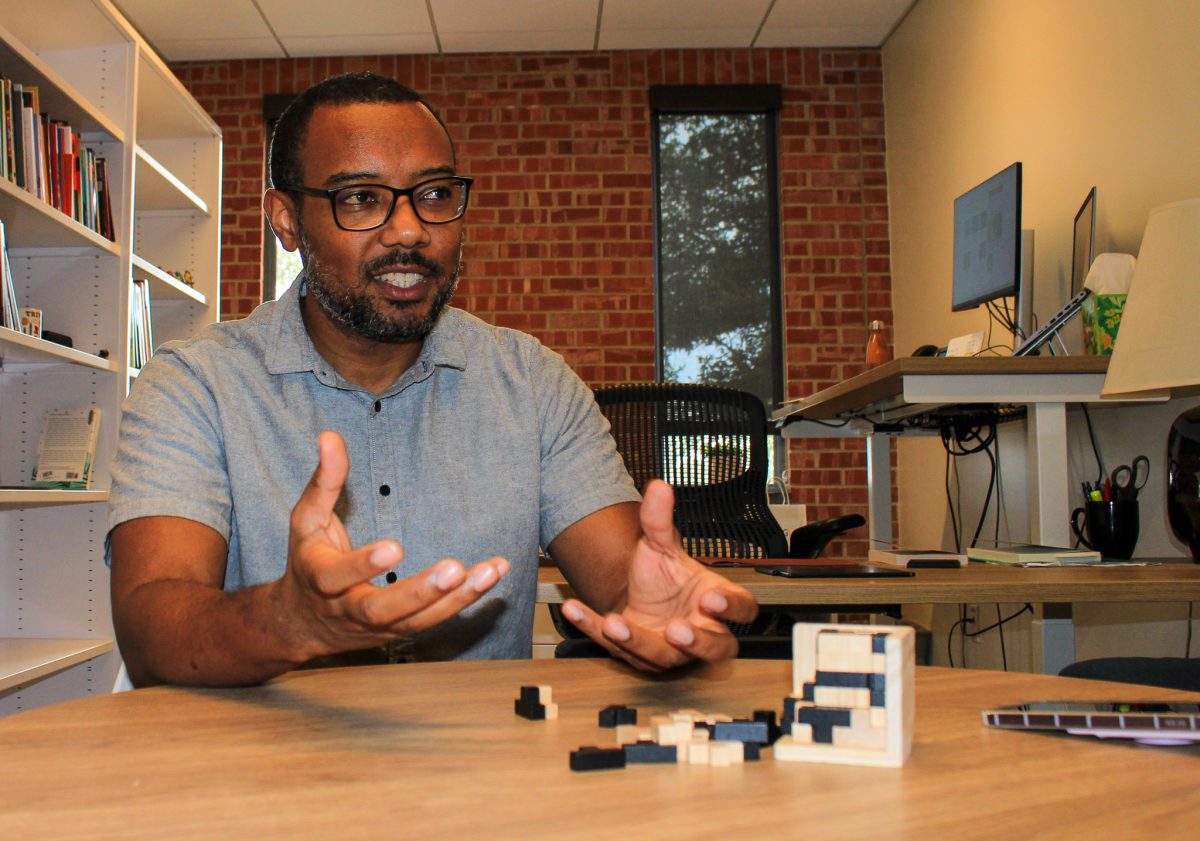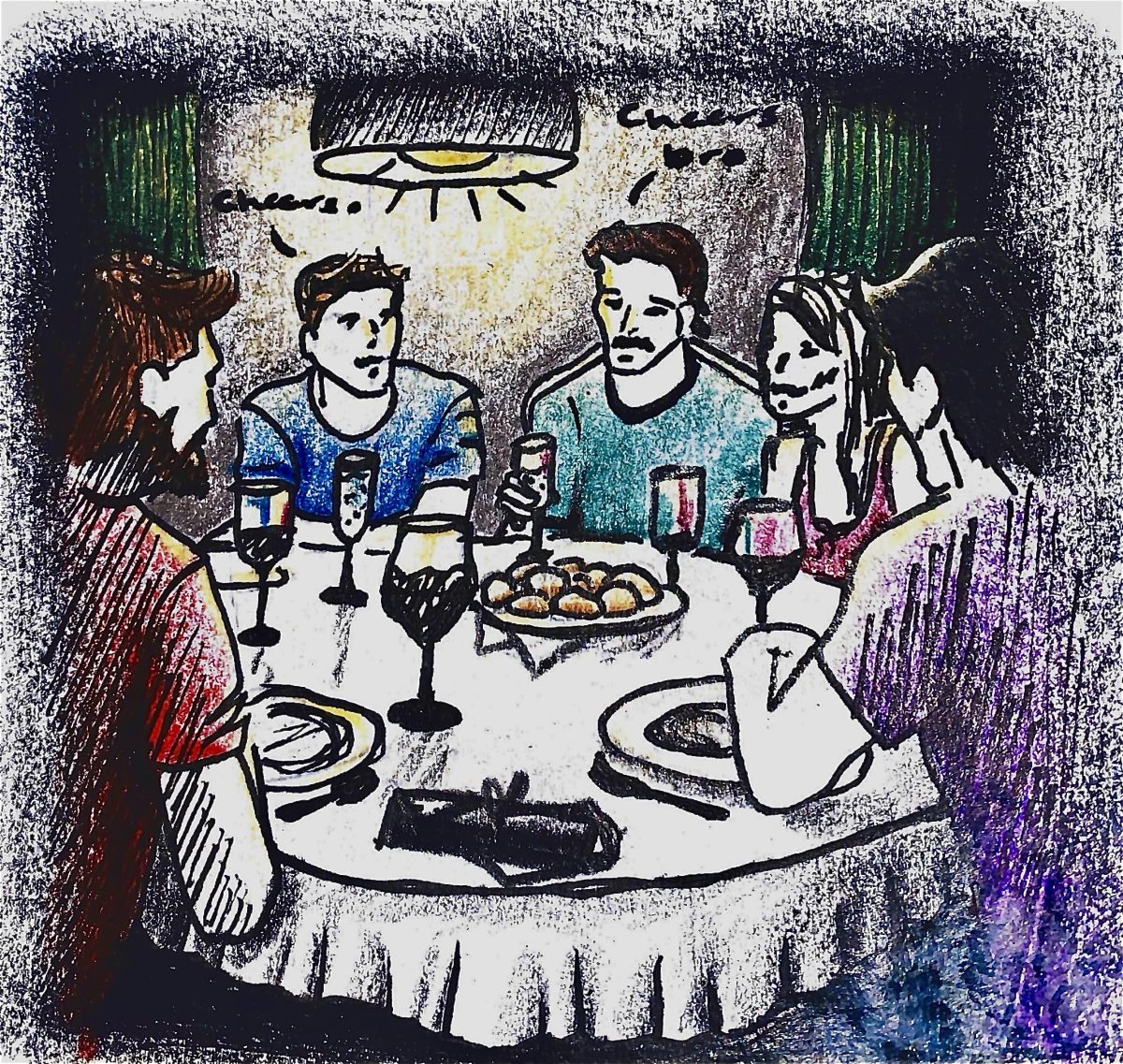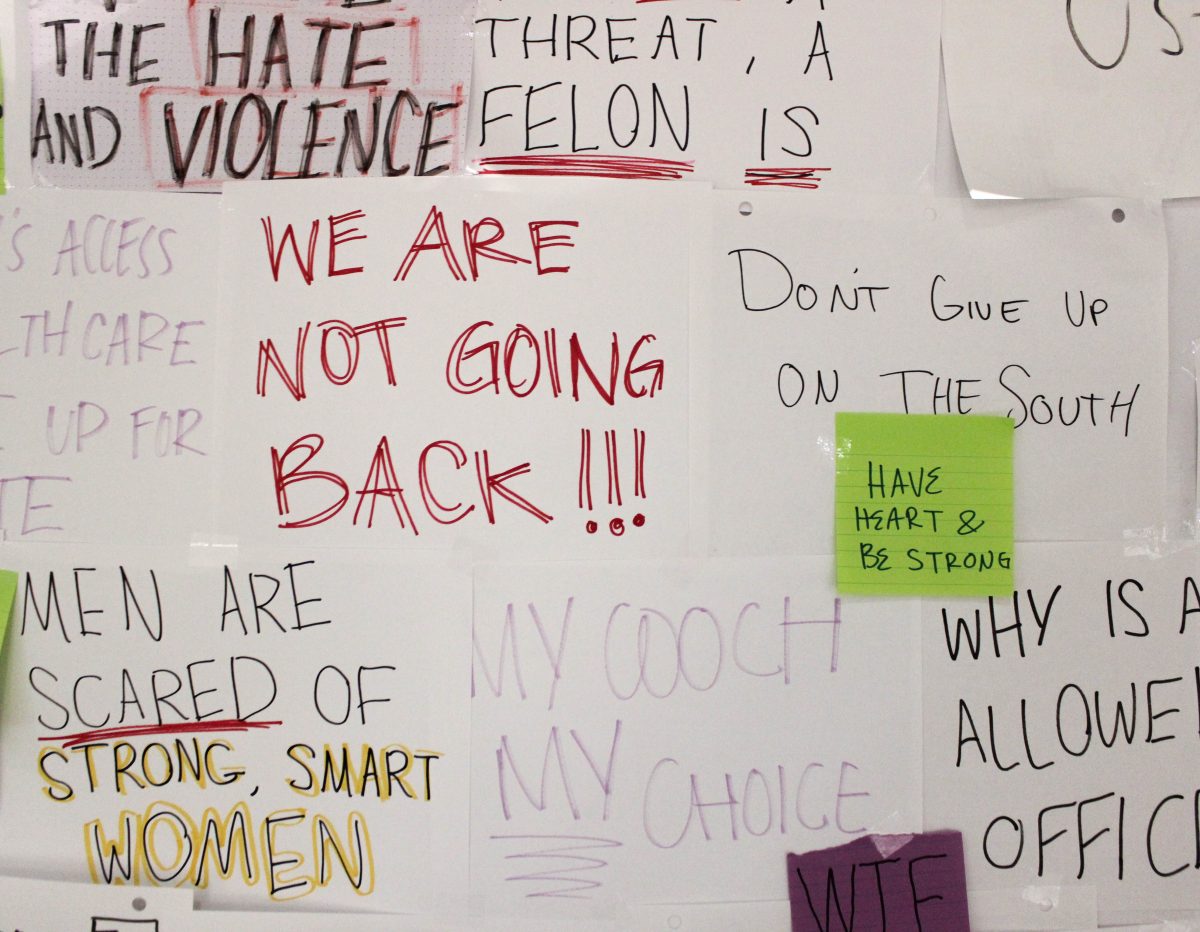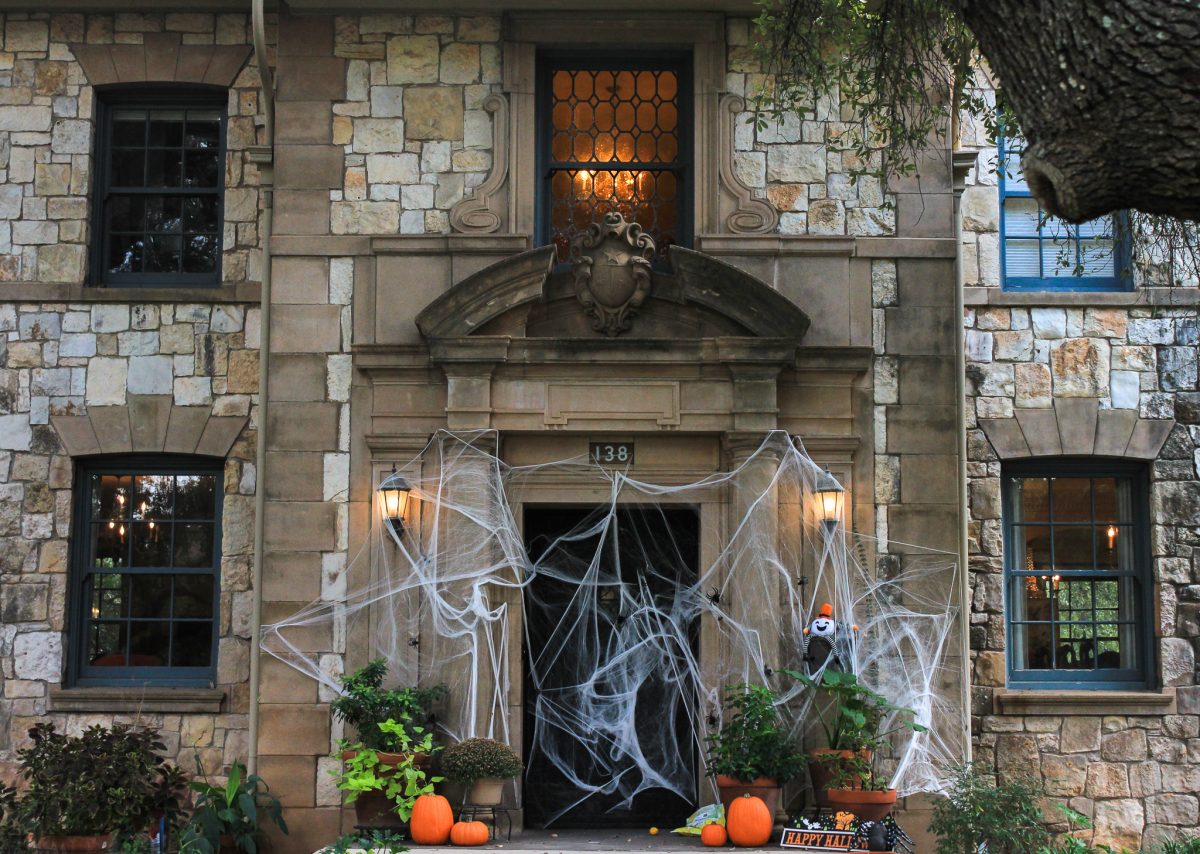With each year, Trinity’s campus demographics shift to reflect a more diverse group of students. This year the undergraduate population — the numbers of which are still subject to change around the add/drop period — has gender parity, with an even split of male and female students. Additionally, 40 percent of the incoming cohort of first years are historically underrepresented in terms of race.
According to Eric Maloof, vice president for enrollment management, 0.8 percent of the 695 first years currently registered with the admissions department identified as American/Alaskan Native on the census survey, 9.1 percent identified as Asian, 3.3 percent as African American, 0.1 percent as Hawaiian or Pacific Islander, 22 percent as Hispanic or Latino, 4.7 percent as multiethnic, and 58.8 percent as white. 1.3 percent of students did not answer.
Maloof also gave statistics on socioeconomic diversity: 15 percent of the incoming first years are full or partial Pell Grant recipients, and 15 percent are first-generation students, meaning that they are the first in their families to attend college.
Racial and socioeconomic diversity are just two of many factors that the admissions committee at Trinity takes into account when deciding whether to admit a student. Trinity practices holistic admissions, meaning that the committee looks at all aspects of a student’s candidacy, including the diverse perspective that they could bring to campus.
“It’s really important to craft a class that looks and behaves like the world that our students are going to go out into after they graduate,” Maloof said. “Diversity is broadly defined. … We have socioeconomic diversity, racial and ethnic diversity, gender diversity, geographic diversity and political perspective diversity.”
Maloof spoke about the value that a diverse population adds to campus. Sheryl Tynes, vice president of student life, elaborated upon this statement, speaking about how her background in sociology gives her an appreciation of the value of campus diversity.
“To me, it’s not just how our students are doing, but what a diverse student body adds in the classroom,” Tynes said. “Whether you live in the residence halls with a student from Greece, or a student from another state, or from a different socioeconomic background, race, sexuality or gender identity … you benefit from that mutual understanding of a different perspective.”
Erin Ford, a junior and Swashbucklers captain, explained what diversity means to her.
“[Diversity] means getting to know people who come from different backgrounds and have gone through different experiences in life than I have,” Ford said. “Even if I talk to someone else who’s also a cis white female, they’re still gonna have different experiences. … Just getting to know how people are different, how they think differently, is really good because it broadens your own horizons and you can understand people better.”
Trinity’s Diversity & Inclusion Office exists to help all students feel welcomed and represented.
“For students who are from underrepresented or marginalized backgrounds…. students of color, students who are first gen, students from low income backgrounds — I happened to fit in all three [categories] when I was in college — for students who are LGBTQ, the goal is for you to have a space that exists for you,” said Alli Roman, director for diversity and inclusion.
Roman’s mission doesn’t stop where the TLC doors close.
“Ultimately, we want to make sure that you feel like you belong throughout the whole campus, that Trinity is a place for you,” Roman said. “I’m working with a lot of great partners across campus to think about how we can be better and do better.”
Roman will host social justice ally training in the fall and spring for faculty and staff, along with a peer educator program. Applications open this fall for students who want to grow in their leadership skills around social justice. Students who sign up for this paid year-long commitment will train for and eventually facilitate workshops for faculty, staff and students on topics such as LGBTQ+ allyship, microaggressions and Diversity and Inclusion 101.
The office will host an inaugural Grill & Chill party on Sept. 14, along with weekly Flashback Fridays. Beginning Aug. 24, Flashback Fridays give students the chance to connect with one another and with office staff while embracing a friendly retro-themed atmosphere.
For more information on the Diversity & Inclusion Office, students can contact [email protected].

